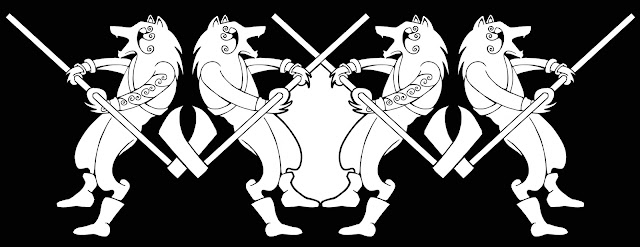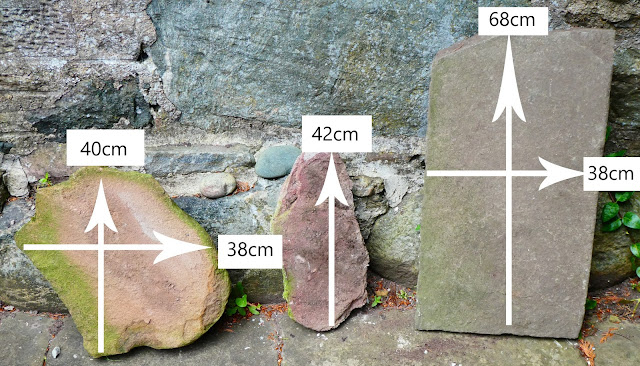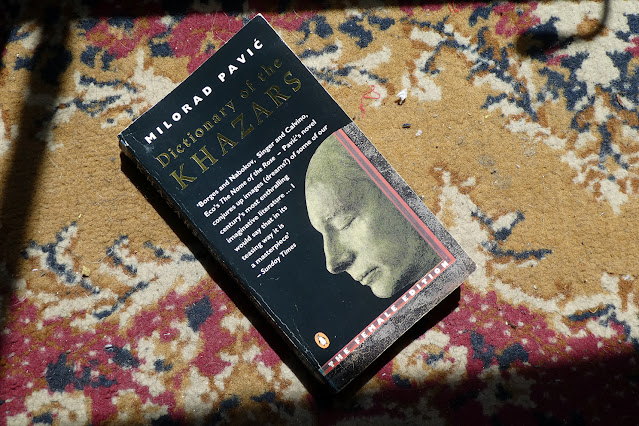Furnishing the Display Space

With the editing/spellchecking of the text now almost complete and due to be sent to the printers at the end of the weekend (after the final round of edits and fine-tuning), biggest concerns have recently been turning to the display space. I've added a chair and cushion to invite a viewer experience of the book - the narrative text. The cushion, with its poetic Latin inscription, is revealed to be a sarcastic mirror of the poetic content of the book. The nature of the Latin text is actually pretty significant, as this blog post and translation shows. The idea that it is itself a 'deconstructed' (cut up/rearranged/repackaged) text about poetry and writing poetry is another layer of playfulness and rebuilding in this museum space, which is more like a space that looks a bit like a museum space - like the Latin text which looks like a Latin text but isn't really (it's corrupt, edited and faulty). In another sense, the Latin may be as obscure as some of the names and...




